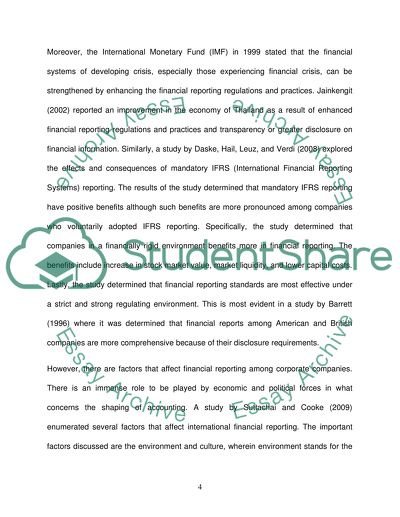Cite this document
(“Methodology Dissertation Example | Topics and Well Written Essays - 4500 words”, n.d.)
Retrieved from https://studentshare.org/gender-sexual-studies/1404818-methodology
Retrieved from https://studentshare.org/gender-sexual-studies/1404818-methodology
(Methodology Dissertation Example | Topics and Well Written Essays - 4500 Words)
https://studentshare.org/gender-sexual-studies/1404818-methodology.
https://studentshare.org/gender-sexual-studies/1404818-methodology.
“Methodology Dissertation Example | Topics and Well Written Essays - 4500 Words”, n.d. https://studentshare.org/gender-sexual-studies/1404818-methodology.


